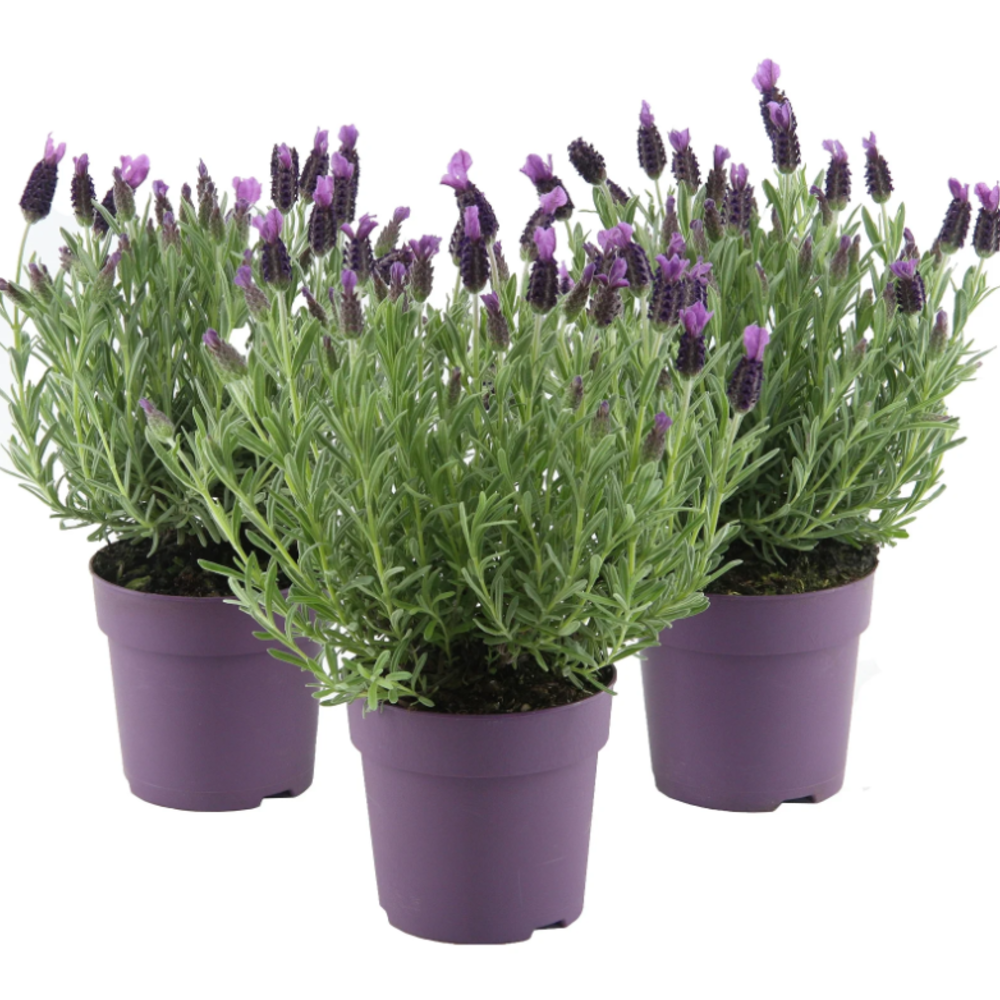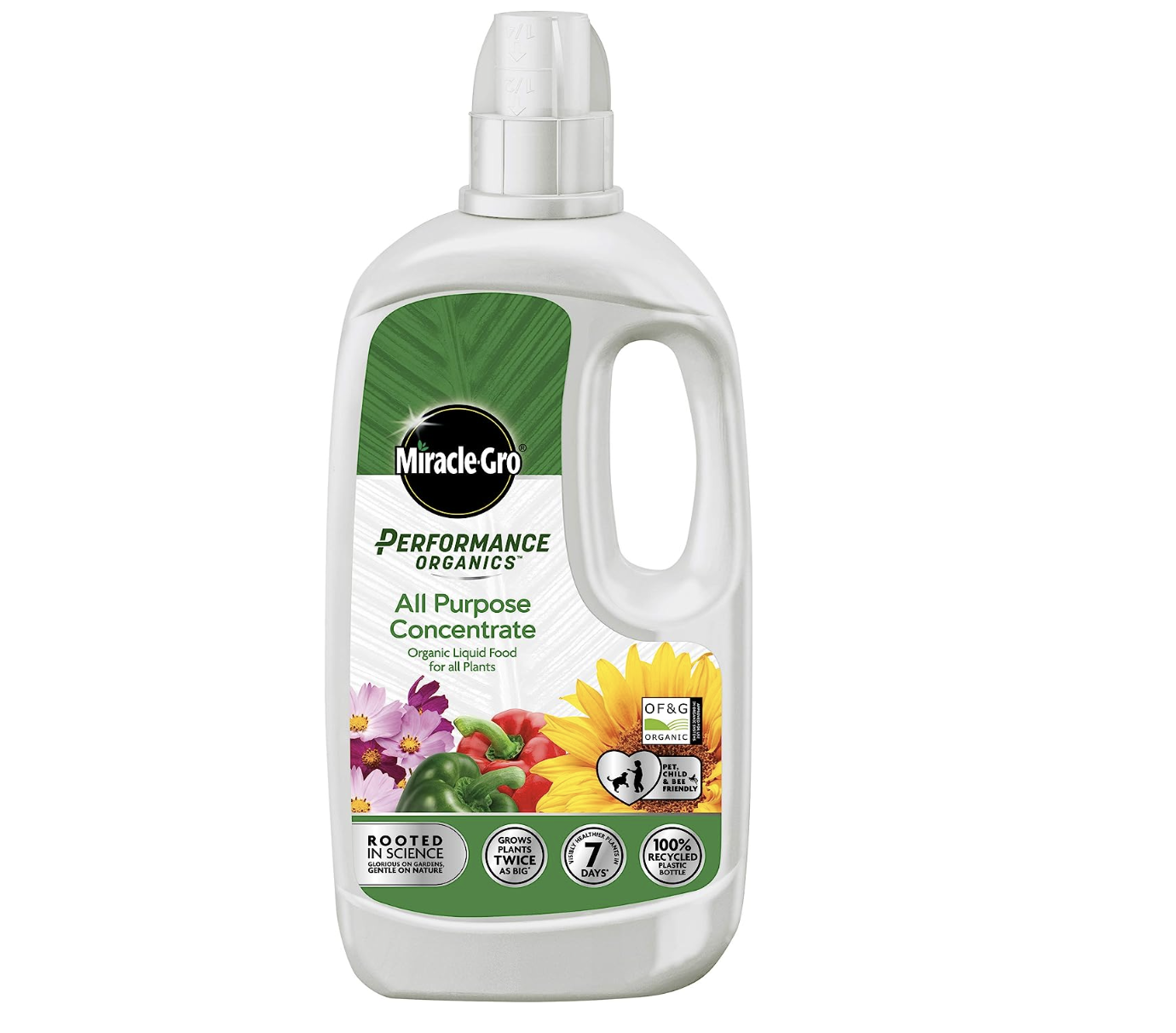Monty Don reveals the exact moment you should be cutting back your lavender - and you’ll need to act fast
The deadline is looming

Lauren Bradbury

If you’re looking at your lavender and seeing a few changes happening in front of you, you might be wondering when you need to whip out the snippers. Luckily for you, gardening guru Monty Don has revealed exactly when you should be cutting back your lavender.
Yes, if you want to fill your garden idea with a relatively low-maintenance plant, growing lavender is a great option. And while these plants don’t need too much focus over the year, they do need a little bit of a trim every now and then. That’s where knowing how to prune lavender comes in handy.
But before you start cutting back, you need to choose the right time to do so. And Monty Don and fellow garden experts have shared their top tips on when to cut back lavender - and why this is the perfect time. You’ll need to hurry, though, as the deadline is looming.
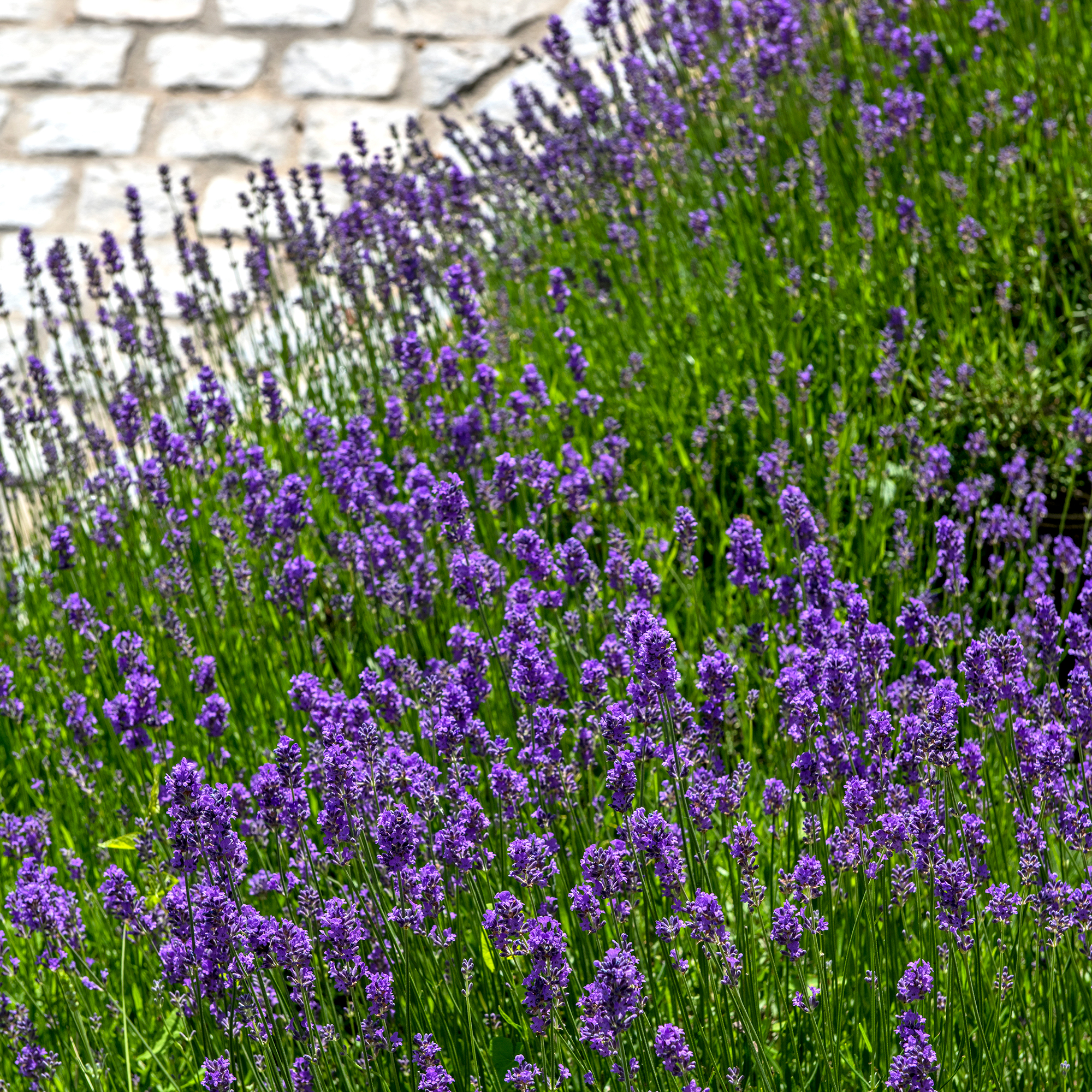
Remember that not all lavender plants are the same, so before you get pruning these Mediterranean garden staples make sure you know what variety of lavender it is that you're dealing with. The most popular in the UK are English and French or Spanish.
For the most part, they need to be cut back around the same time. And according to Monty Don, 'To avoid woody, leggy plants, lavender should be pruned every year. The best time to do this is as soon as the flowers start to fade.'
With this in mind, pruning lavender is one of the jobs to do in the garden in August into September. This is echoed by Sean Lade, director of Easy Garden Irrigation, who says, 'The best time to prune lavender in the UK is in late summer or early autumn after the plant has finished blooming. This allows the plant to recover before winter and encourages fuller growth in the next year.'
'You can also do a light trim in the spring to remove any winter damage, but the main pruning should be in late summer or early autumn.'
Sign up to our newsletter for style inspiration, real homes, project and garden advice and shopping know-how
So, essentially you're looking at two prunes - a light cut in spring and a more thorough job towards the end of summer.
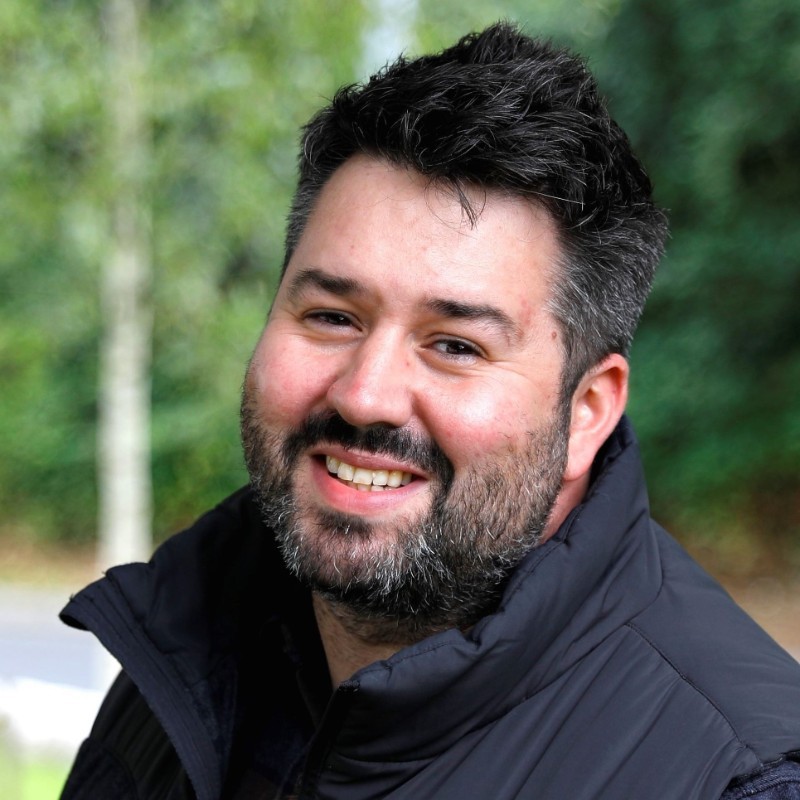
Sean holds in-depth expertise in gardening and horticulture, with a focus on designing efficient irrigation systems. His solutions grace gardens and nurseries across the UK, embodying an environmentally-conscious approach to water usage. Sean is always happy to share knowledge, guiding gardeners and growers through regular training on irrigation best practices.

Choosing this time to cut back your lavender is well worth it, too. Monty adds, 'Cut back hard to a good compact shape but be sure to leave some new shoots on each stem - lavender will often not regrow from bare wood. These new shoots will grow fast and provide an attractive and healthy cover to protect the plant in winter and provide the basis of next year’s display.'
However, it’s important to show restraint when completing this essential gardening task, and it’s best to avoid a 'hard' prune, as lavender doesn't respond well to it. A hard prune is where you cut the majority of the plant right back. So, if you're just learning how to grow lavender, remember that with young plants you should go as gentle as possible until it's more established.
Remember that there are still a few differences between English and French or Spanish lavender, though, so this may affect your timings.
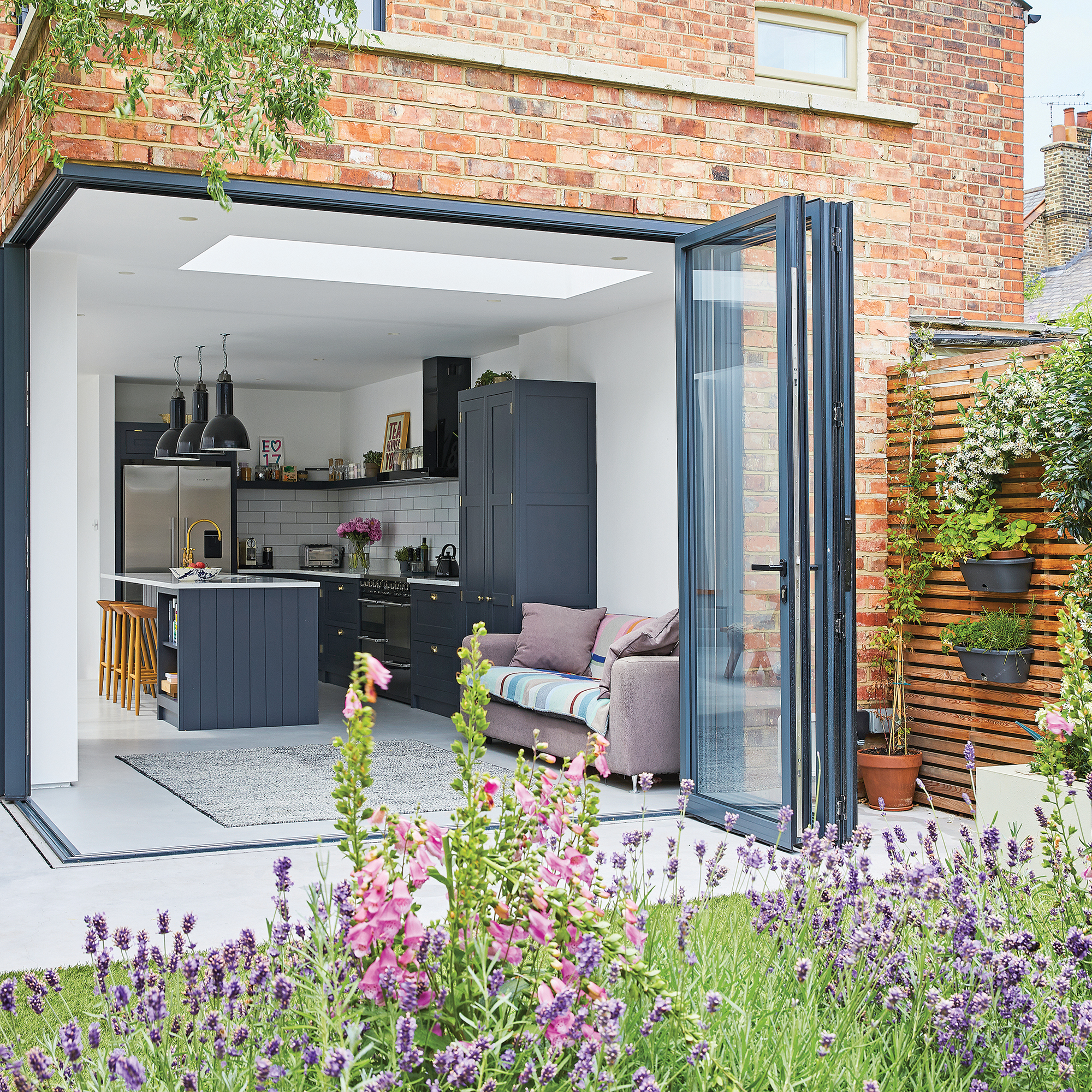
When should you cut back English lavender?
If you have English lavender growing in your garden, regular pruning can keep your plant looking its best and prevent the spread of diseases by improving air circulation.
'English Lavender (Lavandula angustifolia) is the most common type of lavender found in the UK,' says Sean. 'It should be pruned once a year, in late summer or early autumn, after it has finished blooming. You can also give it a light trim in the spring to remove any winter damage.'
However, Monty has also shared a warning when it comes to cutting back English lavender. 'Do not wait for the seed heads to form or the flowers to turn brown as you want to allow the maximum amount of time for regrowth before winter,' he says.
When should you cut back French or Spanish lavender?
Although the guidelines are fairly similar when it comes to cutting back French or Spanish lavender, you may find that the timings don’t quite match up if you have both varieties in your garden.
As Sean explains, 'French or Spanish Lavender (Lavandula stoechas) blooms earlier than English lavender, usually in the spring or early summer. Therefore, you can prune it right after it finishes blooming, typically in mid to late summer.'
Because of this, it’s best to keep a beady eye on your lavender varieties and prune both lightly in the spring, but only prune your lavender in the summer after it’s finished flowering.
What you'll need
FAQs
Can I prune lavender in April in the UK?
Yes, you can prune lavender in April, but you should aim to do this as early on in the month as possible. Most experts would advise you to prune lavender in March rather than April, but the window does extend to April if the temperatures allow it.
How do I look after lavender in my garden?
Even if you're a pro at knowing when and how to cut back lavender plants in your garden, there are a few other gardening tips you can do to keep them happy and healthy, whether you've bought one from a garden centre, or mastered how to grow lavender from seed.
'Lavender plants prefer well-drained soil and lots of sunlight,' explains Sean. 'In less-than-ideal conditions, they may need more care, including possible adjustments to watering and pruning practices.'
'Lavender is a drought-tolerant plant, which means it's more susceptible to problems from overwatering than underwatering. Make sure the soil is dry before watering and avoid getting the foliage wet to prevent fungal diseases.'
'In colder areas, protect your lavender plants in the winter by adding a layer of mulch around the base of the plant, but not touching the plant itself. This helps to insulate the roots without causing stem rot.'
Why has my lavender gone leggy?
If your lavender has gone leggy - i.e. spindly and sparse with very little foliage - there’s a high chance that you haven’t cut it back enough. Leggy plants are very common when they’re either not pruned at all or because they need to be pruned more.
If you leave a leggy lavender alone, the plant will weaken over time and you may find that it dies after a while. Because of this, it’s important to follow the pruning requirements for your lavender plant and cut it back when necessary.
Remember – lavender is a pretty easy plant to look after. So long as you give it some TLC when it's needed, you'll be rewarded with fragrant flowers for a long while to come.

Thea Babington-Stitt is the Assistant Editor for Ideal Home. Thea has been working across some of the UK’s leading interiors titles for nearly 10 years.
She started working on these magazines and websites after graduating from City University London with a Masters in Magazine Journalism. Before moving to Ideal Home, Thea was News and Features Editor at Homes & Gardens, LivingEtc and Country Homes & Interiors.
- Lauren BradburyContent Editor (House Manual)

